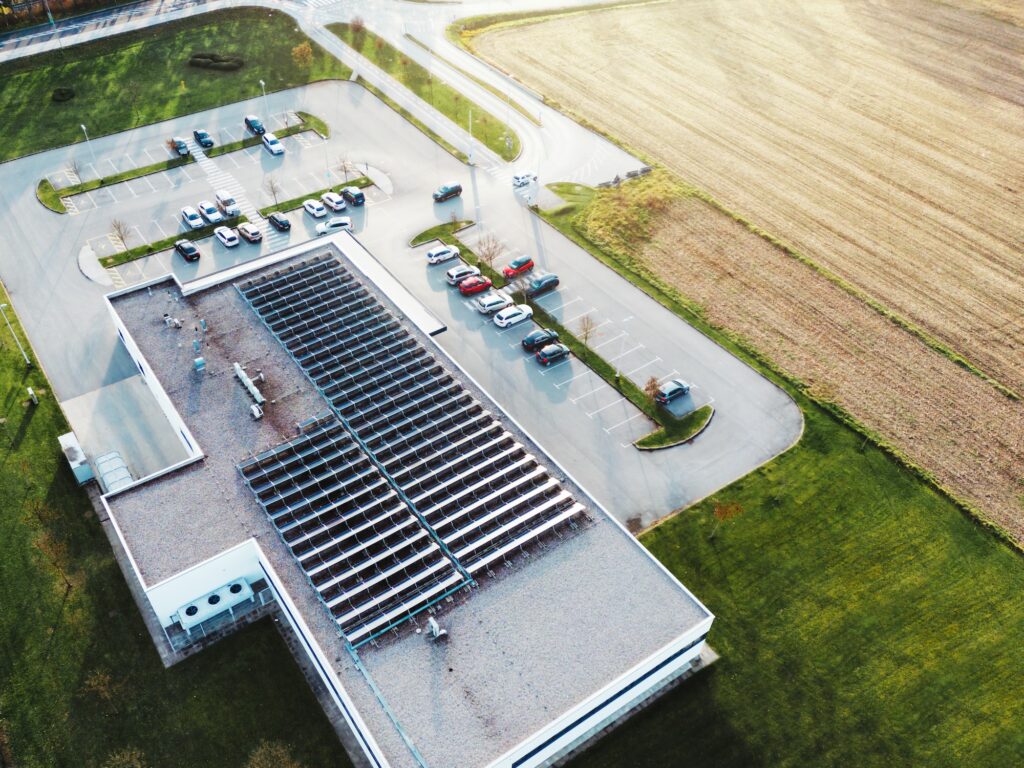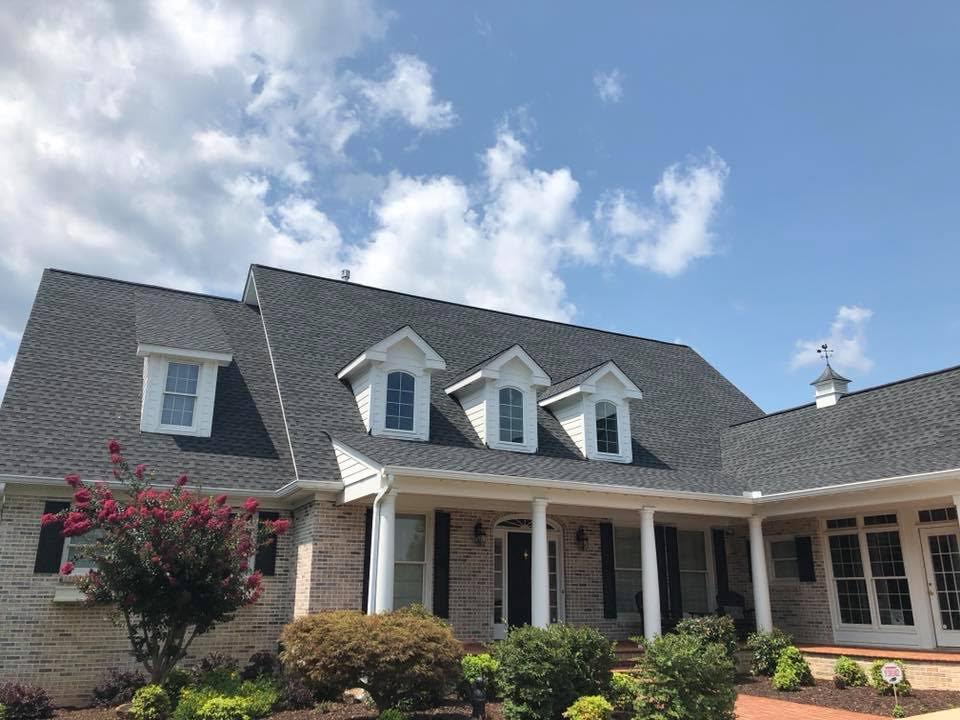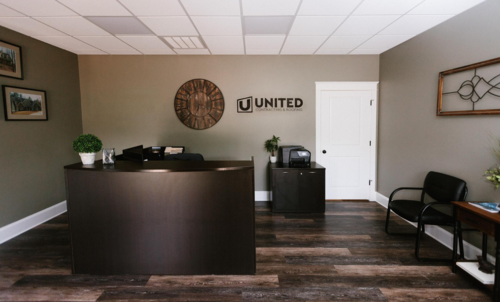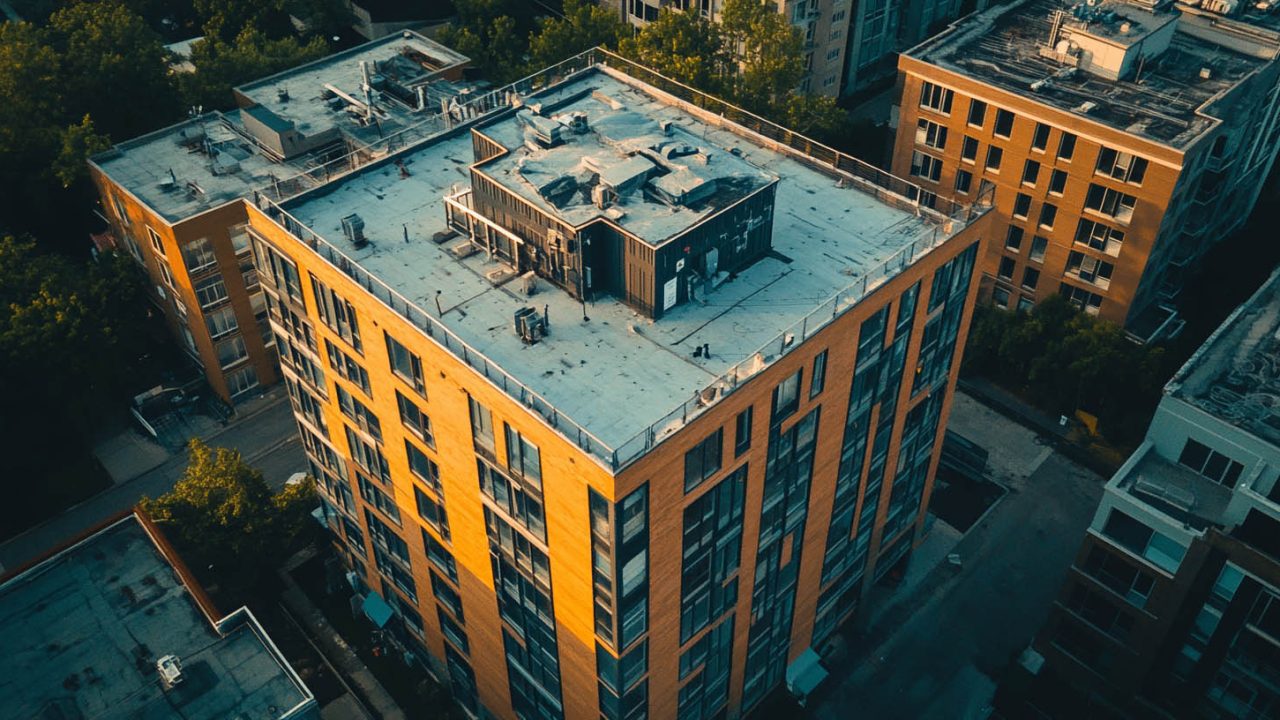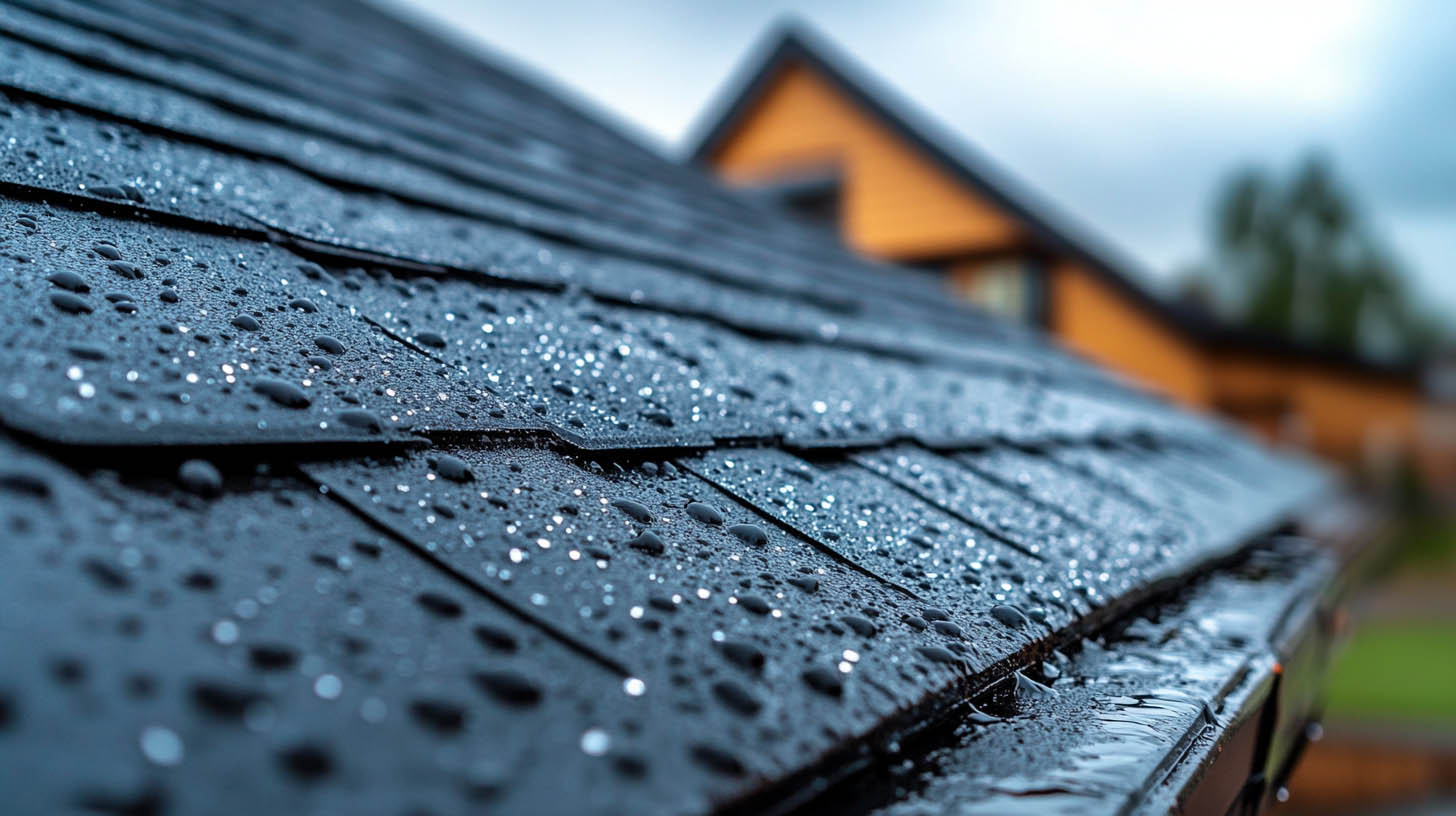Ensuring that your commercial roofing system complies with building codes and standards is crucial for the safety and longevity of your structure. At United Contracting & Roofing LLC in Greenville, SC, we specialize in guiding you through the complexities of commercial roofing building codes, particularly those outlined in ASCE 7-16.
Overview of ASCE 7-16 Specifications
What is ASCE 7-16?
The ASCE 7-16 is a standard published by the American Society of Civil Engineers. It provides the minimum design loads and associated criteria for buildings and other structures. This standard has been adopted into the International Building Code (IBC) and various state building codes across the United States.
Key Factors in ASCE 7-16
To determine the appropriate types of fasteners and spacing required for a commercial roof, you must first calculate the forces that will act upon the roof. The primary concern is “negative uplift pressures” or suction caused by wind gusts, which could potentially rip the roof off the building.
The primary factors that influence these calculations include:
- Geographic Location: Expected wind speeds in the area.
- Building Shape and Roof Zones: The physical dimensions and design of the building.
- Risk Categories and Exposure Categories: The building’s importance and its exposure to environmental elements.
Geographic Location
Wind Speed Maps
The ASCE 7-16 specifications include wind speed maps of the United States. These maps show the expected wind speeds, which are used in uplift pressure calculations. Regions near the coast, which experience stronger weather events like hurricanes, typically have higher wind speeds than inland areas.
Risk Categories
Buildings are categorized based on their importance and the risk they pose to human life:
- Risk Category I: Low-risk structures such as temporary buildings and storage facilities.
- Risk Category II: Most buildings, including homes, apartments, stores, offices, and warehouses.
- Risk Category III: Buildings that pose a substantial hazard, such as schools and high-occupancy buildings.
- Risk Category IV: Essential facilities like hospitals, fire and police stations, and emergency shelters.
Building Shape and Roof Zones
Roof Zone Maps
The shape of the building and its roof zones significantly affect the uplift pressures. The ASCE 7-16 standard breaks a roof into three zones: corners, perimeters, and the center. Corners and perimeters experience greater uplift pressures and require more robust fastening.
Types of Roof Zone Maps
Different zone maps are used for flat and sloped roofs. For flat roofs, the size of the roof and the ratio of its height to width dictate the applicable zone map.
Exposure Categories
Surface Roughness Categories
The exposure rating of a building takes into account the local terrain:
- Surface Roughness B: Urban and suburban areas with numerous closely spaced obstructions.
- Surface Roughness C: Open terrain with scattered obstructions.
- Surface Roughness D: Flat, unobstructed areas and water surfaces.
Buildings protected by surrounding terrain will have lower multipliers and less stringent uplift pressures compared to exposed buildings.
Project Design Specifications
Calculating Uplift Pressures
Architects and engineers use ASCE 7-16 formulas to calculate uplift pressures for each roof zone. These calculations are based on factors such as wind speed, risk category, and exposure category. The results dictate the necessary fastener types and spacing to ensure the roof can withstand environmental forces.
Design Load Sections
Blueprints typically include a section labeled “Structural Design” or “Design Loads,” which lists the factors used in calculations. If an architect or engineer is not involved, major roofing manufacturers often have technical service departments that can supply this data.
Conclusion
Adhering to commercial roofing building codes and ASCE 7-16 specifications is essential for the safety, durability, and compliance of your roofing system. By understanding the factors that influence these standards, you can ensure that your commercial roof is designed and installed to withstand environmental forces effectively. At United Contracting & Roofing LLC, we provide expert services to help you navigate these complexities and achieve a high-quality, compliant roofing system.For more insights on the cost of commercial metal roof repairs, click here.

